Cooking pig bones can be an incredibly rewarding culinary experience, transforming simple bones into a flavorful, nourishing dish that satisfies both the palate and the soul. Whether you’re looking to create a rich bone broth, a hearty soup, or even a crispy, savory snack, knowing how to prepare pig bones properly is key. This guide will take you through the intricacies of selecting the right bones, preparing them, and cooking them to perfection, ensuring that every bite is a delightful explosion of flavors.
Understanding Pig Bones: Types and Uses
Before diving into the cooking process, it’s essential to understand the different types of pig bones available and their ideal uses. Pig bones can broadly be categorized into three types: knuckle bones, rib bones, and marrow bones.
Knuckle Bones: These are the larger bones found in the pig’s legs and shoulders. They contain a good amount of collagen and connective tissue, making them perfect for long, slow cooking processes like making bone broth. The gelatin released from these bones adds a silky texture and depth of flavor to soups and stews.
Rib Bones: Rib bones, especially those from the spare ribs section, are meatier and more tender. They are ideal for braising, grilling, or smoking, where the meat can caramelize and develop a delicious crust. The bones themselves can also add flavor to dishes like ribs-based soups or stews.

Marrow Bones: These are the hollow bones filled with a soft, fatty substance known as marrow. Marrow bones are typically cooked until the marrow is soft and can be scooped out with a spoon. They are enjoyed on their own as a rich, indulgent treat or used as an ingredient in various dishes like risotto or pasta sauces.
Selecting the Right Bones
Choosing high-quality pig bones is crucial for achieving a delicious final dish. Here are some tips for selecting the best bones:
-
Source: Opt for bones from reputable butchers or farms that prioritize animal welfare and ethical practices. This ensures that the bones are fresh and free from hormones and antibiotics.
-
Appearance: Look for bones that have a clean, white appearance with no visible signs of discoloration or damage. The meat attached to the bones should be firm and have a healthy color.
-
Smell: Fresh bones should have a mild, earthy smell. Avoid bones that have a strong, unpleasant odor, which could indicate spoilage.
-
Marrow Content: If you’re specifically looking for marrow bones, tap them gently with a knife. Bones with plenty of marrow will produce a dull thud, whereas empty bones will sound hollow.
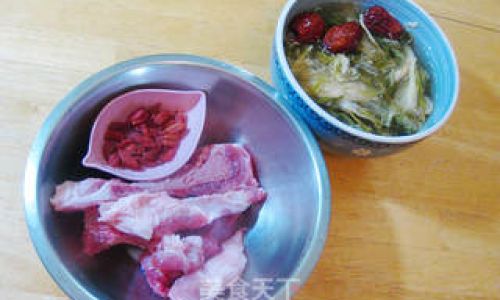
Preparing the Bones
Once you’ve selected your bones, it’s time to prepare them for cooking. Here’s a step-by-step guide:
-
Rinse: Rinse the bones under cold running water to remove any surface dirt or debris.
-
Soak: Soaking bones in cold water for a few hours or overnight can help draw out impurities and blood, resulting in a cleaner, clearer broth or soup. Change the water once or twice during soaking if it becomes bloody.
-
Trim: Use a sharp knife to trim away any excess fat, sinew, or meat that you don’t want in your final dish. This step is particularly important if you’re making a clear broth.
-
Blanch: Blanching the bones in boiling water for about 10 minutes helps to further remove impurities and tightens up the meat, preventing it from falling off during long cooking processes. After blanching, rinse the bones under cold water to stop the cooking process.
Cooking Techniques
The cooking method you choose will depend on the type of bones and the dish you’re aiming to create. Here are some popular techniques:

Boiling/Simmering for Bone Broth:
-
Ingredients: Pig bones, water, apple cider vinegar, onions, carrots, celery, garlic, bay leaves, peppercorns, and salt.
-
Process: Place the prepared bones in a large pot and cover them with cold water. Add a splash of apple cider vinegar to help draw out minerals from the bones. Bring the water to a boil, then reduce the heat to a gentle simmer. Add your aromatic vegetables and spices. Cook for at least 8-12 hours, skimming any foam that rises to the surface. Strain the broth and use it as a base for soups, stews, or sauces.
Braising Rib Bones:
-
Ingredients: Rib bones, onions, garlic, carrots, celery, tomatoes, broth or wine, herbs, and spices.
-
Process: Preheat your oven to 325°F (165°C). Season the rib bones with salt and pepper. In a heavy-bottomed pot, sear the bones on all sides until browned. Remove the bones and sauté onions, garlic, and vegetables until softened. Return the bones to the pot, add broth or wine, and bring to a simmer. Cover the pot and transfer it to the oven. Cook for about 3-4 hours, or until the meat is tender and falling off the bone.
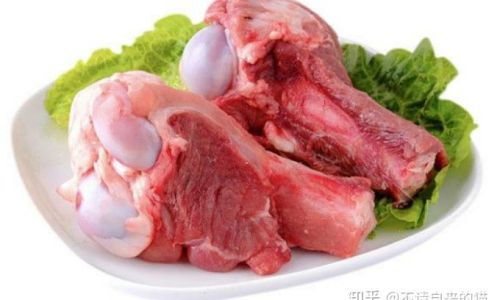
Roasting Marrow Bones:
-
Ingredients: Marrow bones, coarse sea salt, and fresh herbs (optional).
-
Process: Preheat your oven to 400°F (200°C). Place the marrow bones on a baking sheet and roast for about 20-25 minutes, or until the marrow is soft and slightly bubbly. Serve with coarse sea salt and fresh herbs like parsley or chives for garnish. The marrow can also be scooped out and used as a spread or an ingredient in other dishes.
Enhancing Flavor
To elevate the flavor of your pig bone dishes, consider these tips:
-
Aromatics: Adding onions, carrots, celery, garlic, and herbs like thyme, bay leaves, and parsley can significantly enhance the broth or soup’s flavor.
-
Acid: A splash of vinegar, lemon juice, or tomato paste can help balance the richness of the bones and draw out more flavor.

-
Finishing Touches: After cooking, taste your broth or soup and adjust the seasoning with salt and pepper. A drizzle of olive oil or a sprinkle of fresh herbs can add a fresh, bright finish.
Storage and Reheating
Properly storing and reheating your pig bone dishes can ensure they retain their flavor and texture.
-
Storage: Allow cooked bones or broths to cool completely before transferring them to airtight containers. Store in the refrigerator for up to 5 days or in the freezer for several months.
-
Reheating: To reheat soup or broth, gently warm it over low heat, stirring occasionally to prevent sticking. For roasted marrow bones, reheat in a preheated oven at 350°F (175°C) for about 10 minutes, or until heated through.
Conclusion
Cooking pig bones can be a delightful culinary adventure that yields not only delicious dishes but also nutrient-rich broths and stocks. By understanding the different types of bones, selecting high-quality ingredients, and mastering various cooking techniques, you can transform simple pig bones into a myriad of flavorful, satisfying meals. Whether you’re crafting a hearty soup, a rich bone broth, or an indulgent marrow bone treat, the key to success lies in patience, attention to detail, and a love for the culinary process. Happy cooking!
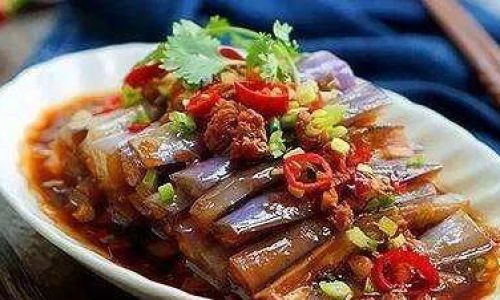
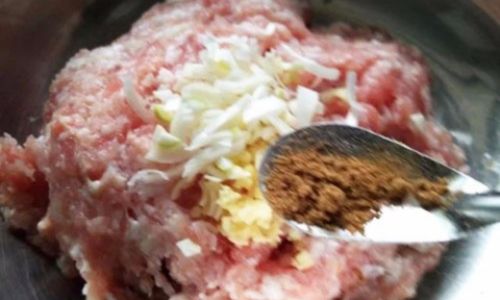
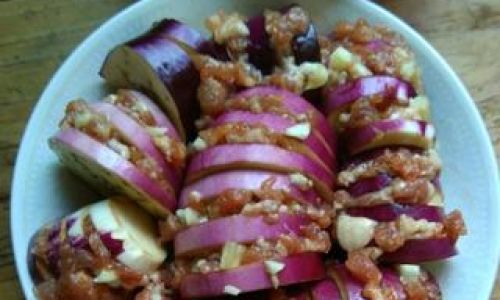
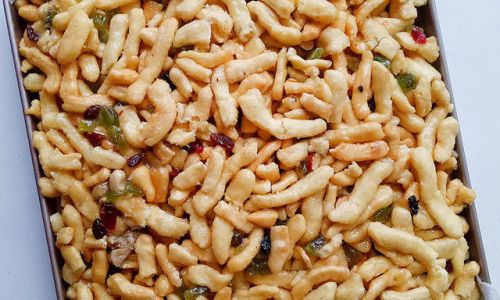


0 comments